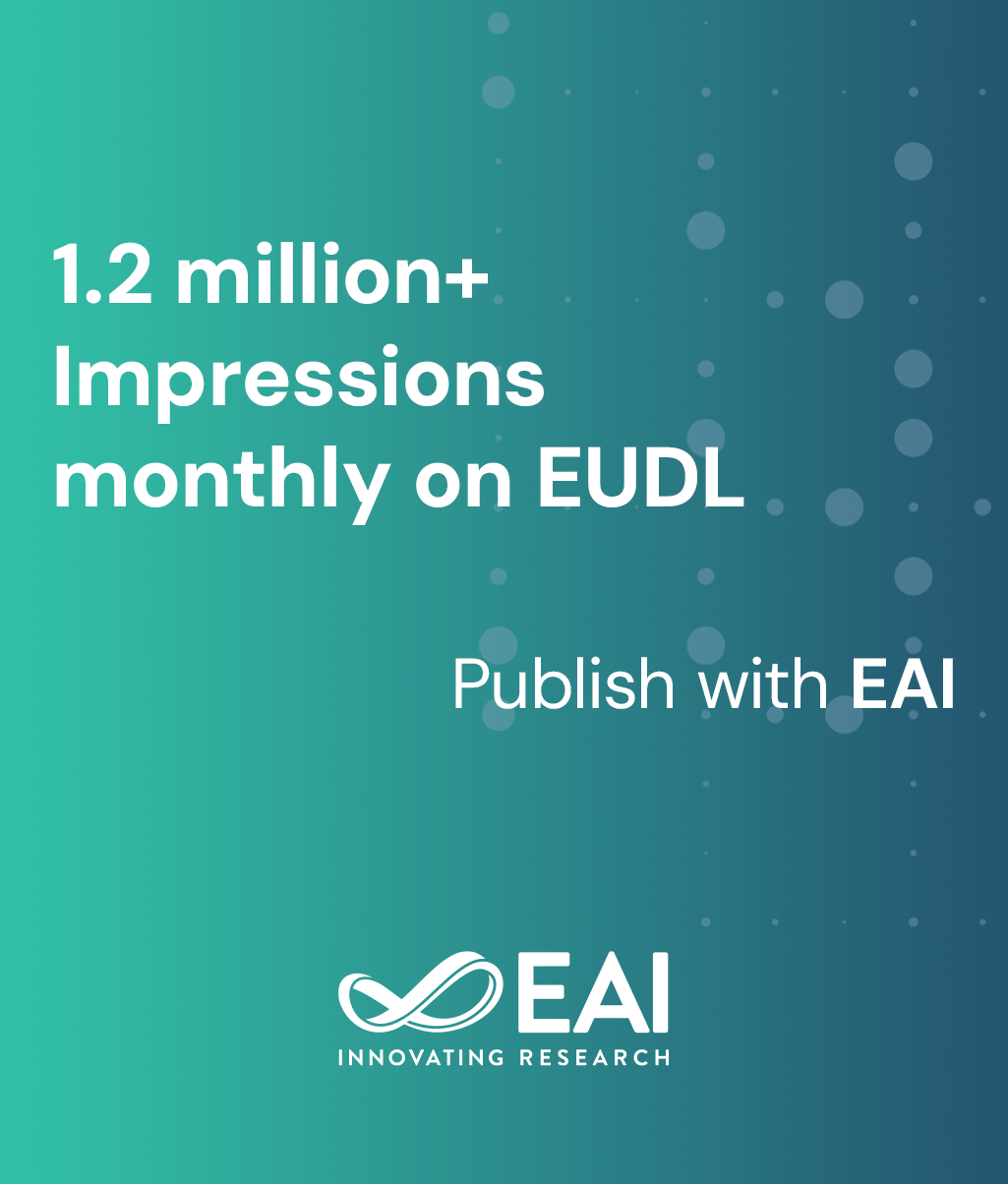
Research Article
Extending JASPER for Jammer-Angle Allocation Evaluation: Testing Algorithm Robustness Under Jammer Failures and Varying Resource Conditions
@ARTICLE{10.4108/eetiot.9702, author={Ahmet Burak Barakli and Okan Top\`{e}u and Halit Oğuzt\'{y}z\'{y}n}, title={Extending JASPER for Jammer-Angle Allocation Evaluation: Testing Algorithm Robustness Under Jammer Failures and Varying Resource Conditions}, journal={EAI Endorsed Transactions on Internet of Things}, volume={11}, number={1}, publisher={EAI}, journal_a={IOT}, year={2025}, month={7}, keywords={Simulation-based test and evaluation, Agent-based simulation, Jammer allocation algorithms, Threat evaluation and weapon allocation, Anti-drone systems}, doi={10.4108/eetiot.9702} }- Ahmet Burak Barakli
Okan Topçu
Halit Oğuztüzün
Year: 2025
Extending JASPER for Jammer-Angle Allocation Evaluation: Testing Algorithm Robustness Under Jammer Failures and Varying Resource Conditions
IOT
EAI
DOI: 10.4108/eetiot.9702
Abstract
JASPER is a scenario-driven simulation testbed for analyzing jammer-angle allocation (JAA) strategies in anti-UAV defense systems. It provides a modular simulation environment where users can run controlled experiments that reflect realistic anti-UAV scenarios. In this extended version, we introduce a new failure mechanism that allows jammers to fail dynamically during simulation. This addition enables the testing of algorithmic robustness under partial system degradation and is showcased through a newly designed case study focused on how algorithms recover and adapt after resource loss. We also conduct a sensitivity analysis by varying the number of jammers, exploring trade-offs between coverage, swivel workload, and algorithm runtime. Beyond enabling performance comparisons under realistic constraints, these experiments also reinforce the reliability and adaptability of the JASPER platform. Together, these additions make JASPER a more expressive and fault-aware testbed for evaluating directional jamming strategies under realistic conditions.
Copyright © 2025 Ahmet Burak Baraklı et al., licensed to EAI. This is an open access article distributed under the terms of the CC BY-NC-SA 4.0, which permits copying, redistributing, remixing, transformation, and building upon the material in any medium so long as the original work is properly cited.


